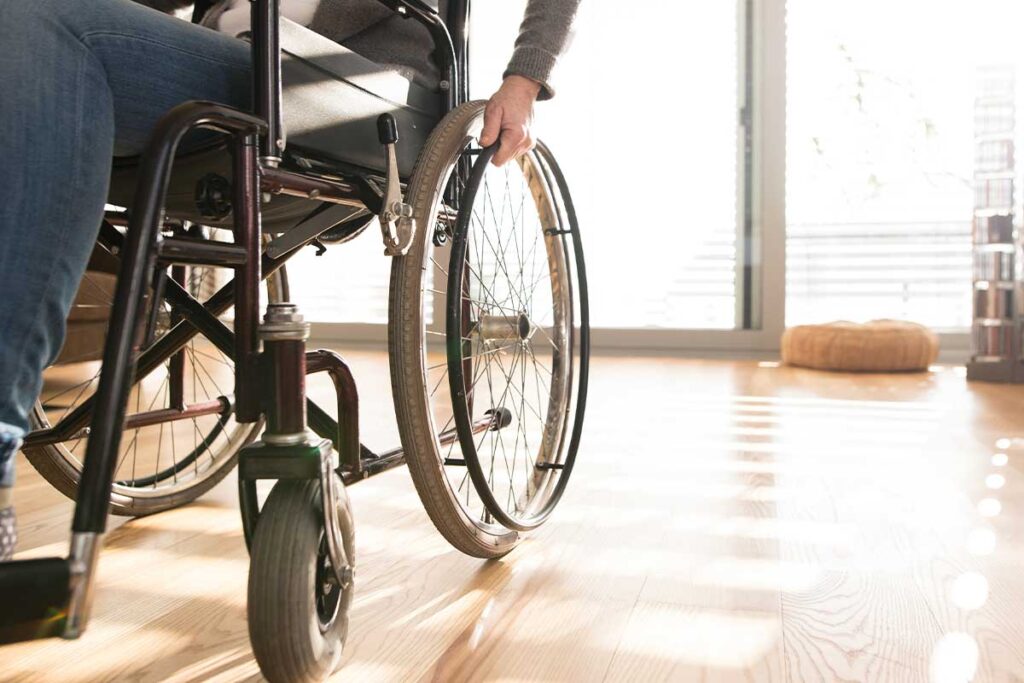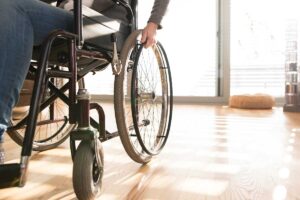Key Takeaways
A severe injury may require significant changes to your home, transportation, and daily routines.
Home modifications can improve accessibility, independence, and overall quality of life.
Assistive technology and mobility aids can help with daily activities and movement.
Financial assistance and grants are available to help cover the cost of modifications.
A personal injury attorney can help secure compensation to cover long-term care and accessibility needs.
Introduction: Adapting to a New Way of Life
A severe injury can change nearly every aspect of daily life. Whether you have suffered a spinal cord injury, traumatic brain injury (TBI), amputation, or severe fractures, adapting to new physical limitations can be challenging. Home modifications, assistive technology, and mobility aids can make it easier to regain independence, but knowing where to start can be overwhelming.
Step 1: Assessing Your Home for Accessibility Needs
The first step in modifying your home is identifying specific barriers to mobility and independence. A professional home assessment can help determine necessary changes.
Key Areas to Evaluate
- Entryways and Doorways – Are they wide enough for wheelchairs or walkers?
- Bathrooms – Are there grab bars, roll-in showers, or raised toilets?
- Kitchens – Are countertops and cabinets accessible for seated individuals?
- Flooring – Are there trip hazards such as rugs or uneven surfaces?
- Lighting and Controls – Are light switches and outlets easy to reach?
Common Home Modifications
- Installing ramps or stairlifts for easier entry.
- Widening doorways for wheelchair accessibility.
- Adding grab bars and non-slip flooring in bathrooms.
- Lowering countertops and cabinets for seated use.
- Installing smart home technology for easier control of lighting and appliances.
Step 2: Using Mobility Aids & Assistive Technology
Assistive technology and mobility aids can help improve daily living and restore independence after a severe injury.
Types of Mobility Aids
- Wheelchairs & Scooters – Provide mobility for those with limited movement.
- Walkers & Canes – Help with stability and support.
- Prosthetics & Orthotics – Support individuals with limb loss or weakened muscles.
- Vehicle Modifications – Hand controls, lifts, and wheelchair-accessible vehicles.
Assistive Technology for Independent Living
- Voice-activated home controls for lights, doors, and temperature settings.
- Automated door openers and smart locks for easy access.
- Text-to-speech and speech-to-text devices for communication assistance.
- Medical alert systems to call for help in case of emergencies.
Step 3: Adjusting Daily Routines for Independence
Daily activities may need to be adjusted to accommodate new physical limitations. Planning for these adjustments can help restore independence and confidence.
Adapting Personal Care and Hygiene
- Use shower chairs and handheld showerheads for easier bathing.
- Install automated dispensers for soap, shampoo, and toothpaste.
- Modify clothing choices with adaptive clothing that features Velcro or magnetic closures.
Making Household Tasks More Accessible
- Use grabber tools to reach high or low objects.
- Replace heavy cookware with lightweight, easy-to-handle alternatives.
- Arrange furniture to create open pathways for mobility devices.
Transportation & Community Access
- Apply for accessible public transportation services in your area.
- Use ride-sharing options that offer wheelchair-accessible vehicles.
- Modify personal vehicles with hand controls and wheelchair lifts.
Step 4: Finding Financial Assistance for Home and Life Modifications
The cost of home modifications and assistive technology can be high, but various financial assistance programs can help.
Government and Nonprofit Grant Programs
- Medicaid Home & Community-Based Services (HCBS) Waivers – Covers home modifications for eligible individuals.
- Social Security Disability Benefits (SSDI & SSI) – Provides financial aid for long-term disabilities.
- Veterans Affairs (VA) Housing Grants – Available for disabled veterans needing home modifications.
- State and Local Disability Assistance Programs – Many states offer additional funding for home accessibility improvements.
Insurance Coverage and Legal Compensation
- Some health and auto insurance policies may cover mobility aids and home modifications.
- Workers’ compensation benefits may apply if the injury occurred at work.
- A personal injury lawsuit can help secure funds for long-term care and home modifications if the injury was caused by someone else’s negligence.
Step 5: When to Seek Legal Assistance
If you are struggling to afford necessary modifications or if an insurance company is denying coverage for medical equipment or home changes, legal action may be necessary.
How an Attorney Can Help
- Negotiate with insurance companies to secure coverage for modifications.
- File a personal injury lawsuit if the injury was caused by negligence.
- Help access workers’ compensation benefits for workplace-related injuries.
- Ensure you receive the maximum compensation available for long-term care.
Conclusion: Creating a Safe and Accessible Future
Adapting to life after a severe injury requires significant changes, but with the right modifications, assistive technology, and financial assistance, you can regain independence and improve your quality of life.
If your injury was caused by someone else’s negligence, you may be entitled to financial compensation to cover home modifications and accessibility needs.







